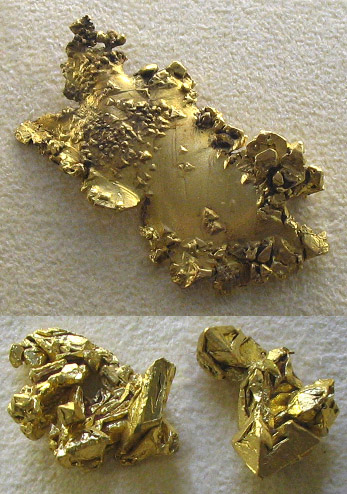
So many times, Headspace Gas Chromatography Flame Ionization Detector (HS-GC-FID) is described by government expert witnesses as the “gold standard” in forensics. This trite phrase is very misleading. HS-GC-FID analysis is a very good technique when compared to other assays, but it is not infallible and it is not even the best chromatographic method available for analysis. Here is the logic proof:
1. The power of chromatography is to separate. A precondition of analyzing for anything using any method or assay is to separate. Separate. Separate. Separate. Did I mention separate?
1.1 Without separation there is no point in quantification.
1.2 The power of good chromatography (regardless of whether it is LC, GC, EIA) is to be specific in the separation, not merely selective. This is the characteristic of the value of the qualitative measure. This is something that is traditionally never addressed in any sort of Uncertainty Measurement analysis that is practiced in forensic science today. The difference between specific and selective is discussed here: Metrology in Quantative Measure: Is it Specific or Selective or Neither…
2. HS-GC-FID is currently the method and assay of choice for EtOH determination for policing. (Oklahoma is the only state that I know of that routinely runs GC-MS on EtOH determinations on both EtOH and also n-prop which is pretty neat from a science point of view.)
2.1 It is generally acceptable now in the police community (notice I did not say scientific) to perform simply GC-FID on EtOH because:
2.1.1 EtOH is a volatile organic compound (VOC) naturally. This is of benefit as:
2.1.1.1 It lends itself towards headspace analysis without having to extract it in a form of preparative chromatography (e.g. derivatization or SPE), and
2.1.1.2 FIDs are made specifically to detect and quantify hydrocarbon bonds which of course EtOH has.
2.1.2 Achieving separation between analytes that are likely to elute at or near EtOH with the right column selection and the correct validated chromatographic conditions (as GC separation is primarily based upon polarity and boiling point) and are likely to be organically present in the blood is relatively simple to achieve as these are simple molecules (as opposed to some pharmaceutical drugs). You run CRMs through the GC with your likely co-eluting substances at your static isothermal conditions controlling all variables. The Achilles heel is that most labs do no form of independent robust validation (and re-validation when conditions change such as changing a column) to prove this essential step. They generally rely upon the manufacturer’s published instructions. Without proving validation using their own instruments using their own chromatographic conditions in their own environmental conditions, then they have missed a key step. It is not that their method is invalid, but that it is not validated.
2.1.3 The potential weak point of all GC or LC methods is in the column. The simple fact that there are so very many compounds in the world that to say that any given column is truly specific and not merely selective is scientifically irresponsible. Bottom line, any peak identification on FID is characteristic or consistent with an analyte of interest, but is not necessarily unique or exclusive to the analyte of interest. Many analytes can have the same retention time. This is why we need a combination of hyphenated techniques (e.g., GC-MS, LC-MS, NMR) to act as confirmation. We cannot simply rely on GC-MS, for example, as it is well-known that in using GC-MS we lose stereo-selectivity or the ability or discriminate (separate) between chirals (isomers) (unless we use a validated specialized column which I have never heard a forensic lab using).



